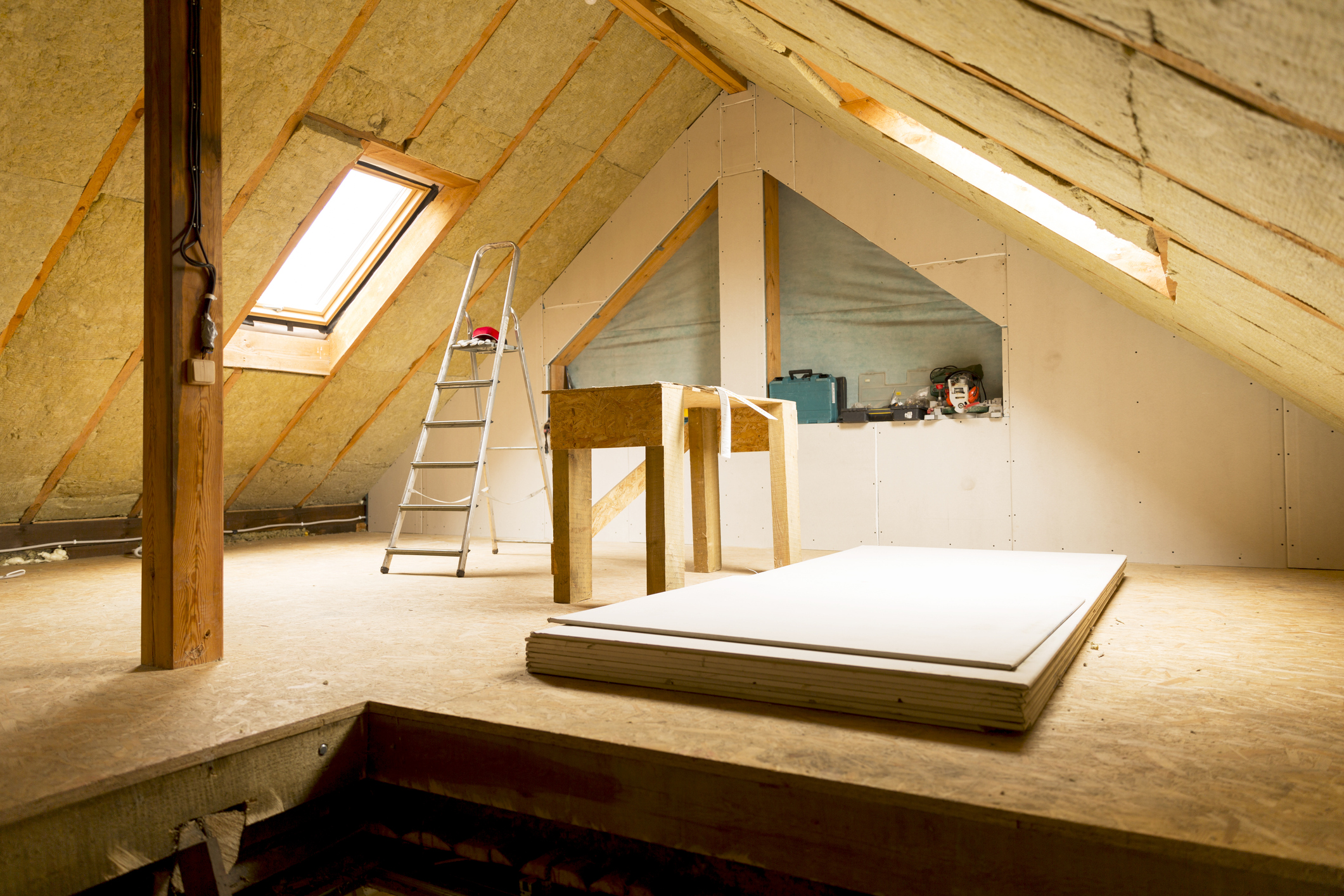In the quest for a comfortable and energy-efficient home, the importance of proper attic insulation cannot be overstated. The attic serves as a barrier between your living space and the outside elements, impacting both temperature regulation and energy costs. When considering the comfort of your overhead space, selecting the right attic insulation is paramount. For residents Professional Attic Insulation Services in Greenville SC ensures a tailored approach that maximizes energy efficiency and creates a comfortable environment within your home. This guide aims to assist homeowners in making informed decisions when choosing the right attic insulation to enhance overhead comfort.
Understanding Regional Climate: Tailoring Insulation to Your Environment
The first consideration in selecting attic insulation is understanding the climate of your region. Different climates demand different insulation strategies. For colder regions, insulation that excels in heat retention is crucial, while in warmer areas, the focus might be on insulation that provides effective heat reflection. Tailoring insulation choices to your specific climate ensures optimal thermal performance.
Exploring Insulation Types: Matching Materials to Needs
Diverse insulation materials offer unique advantages. Consider the following options:
- Fiberglass Insulation: Cost-effective and available in various forms, fiberglass insulation is known for its versatility and ease of installation.
- Cellulose Insulation: Made from recycled paper, cellulose is an eco-friendly option with excellent resistance to pests.
- Spray Foam Insulation: This expands to fill gaps, creating an airtight seal, and is particularly effective in preventing air leaks.
- Mineral Wool Insulation: Known for its durability and fire resistance, mineral wool provides excellent thermal and acoustic insulation.
- Reflective Insulation: Ideal for hot climates, reflective insulation bounces radiant heat away, maintaining a cooler attic space.
Selecting the right material involves considering factors such as cost, R-value, and compatibility with your specific insulation needs.
Assessing Existing Insulation: Upgrading for Optimal Performance
If your home already has insulation, assess its condition and effectiveness. Over time, insulation can settle or degrade, leading to diminished performance. Upgrading existing insulation or adding supplementary layers can significantly enhance energy efficiency and thermal comfort.
Determining R-Value Requirements: Meeting Energy Standards
The R-value measures the thermal resistance of insulation. It’s essential to determine the recommended R-value for your region based on local building codes. Choosing insulation with an appropriate R-value ensures that your attic is adequately insulated against temperature extremes.
Prioritizing Air Sealing: Enhancing Efficiency
An often overlooked aspect of attic insulation is air sealing. Proper air sealing prevents air leaks and ensures that insulation functions optimally. Identify and seal gaps, cracks, and openings in the attic space, creating a more airtight environment that maximizes the insulation’s effectiveness.
Considering Ventilation Needs: Maintaining Airflow Balance
A well-ventilated attic is crucial for preventing moisture buildup and preserving insulation performance. Evaluate your attic’s ventilation requirements, ensuring that vents are unobstructed by insulation. Proper ventilation contributes to the longevity of the roofing system and the overall efficiency of insulation.
DIY vs. Professional Installation: Weighing the Options
Decide whether to install attic insulation yourself or hire professionals based on factors like the complexity of the installation, the chosen insulation type, and your comfort level with DIY projects. While some insulation projects are suitable for homeowners, more intricate installations may benefit from the expertise of professionals.
Sustainable Solutions: Planning for Eco-Friendly Insulation
Consider sustainable insulation options that align with future energy efficiency goals. Eco-friendly materials, such as recycled or renewable resources, not only contribute to a greener home but may also qualify for energy efficiency incentives. Prioritizing sustainability ensures a long-term positive impact on both the environment and your utility bills.
Conclusion
Choosing the right attic insulation is a pivotal decision for homeowners seeking to enhance overhead comfort, reduce energy costs, and create a more sustainable living space. By considering regional climate, exploring insulation types, assessing existing insulation, determining R-value requirements, prioritizing air sealing, evaluating ventilation needs, deciding on installation methods, and planning for sustainability, homeowners can make informed choices that lead to a well-insulated and comfortable home.

